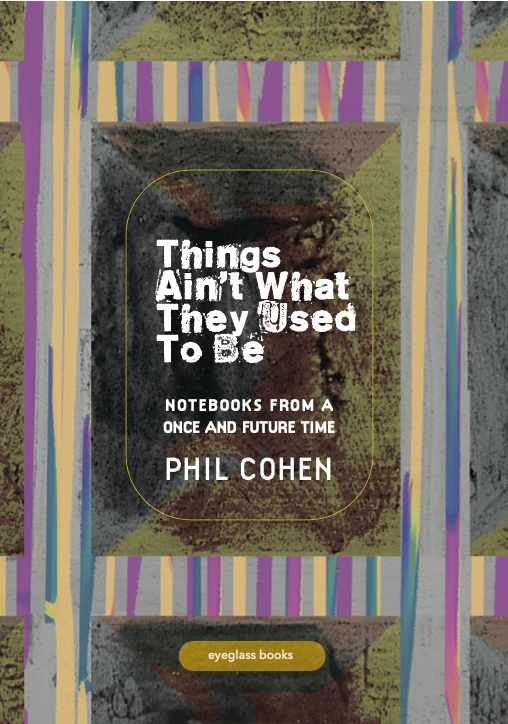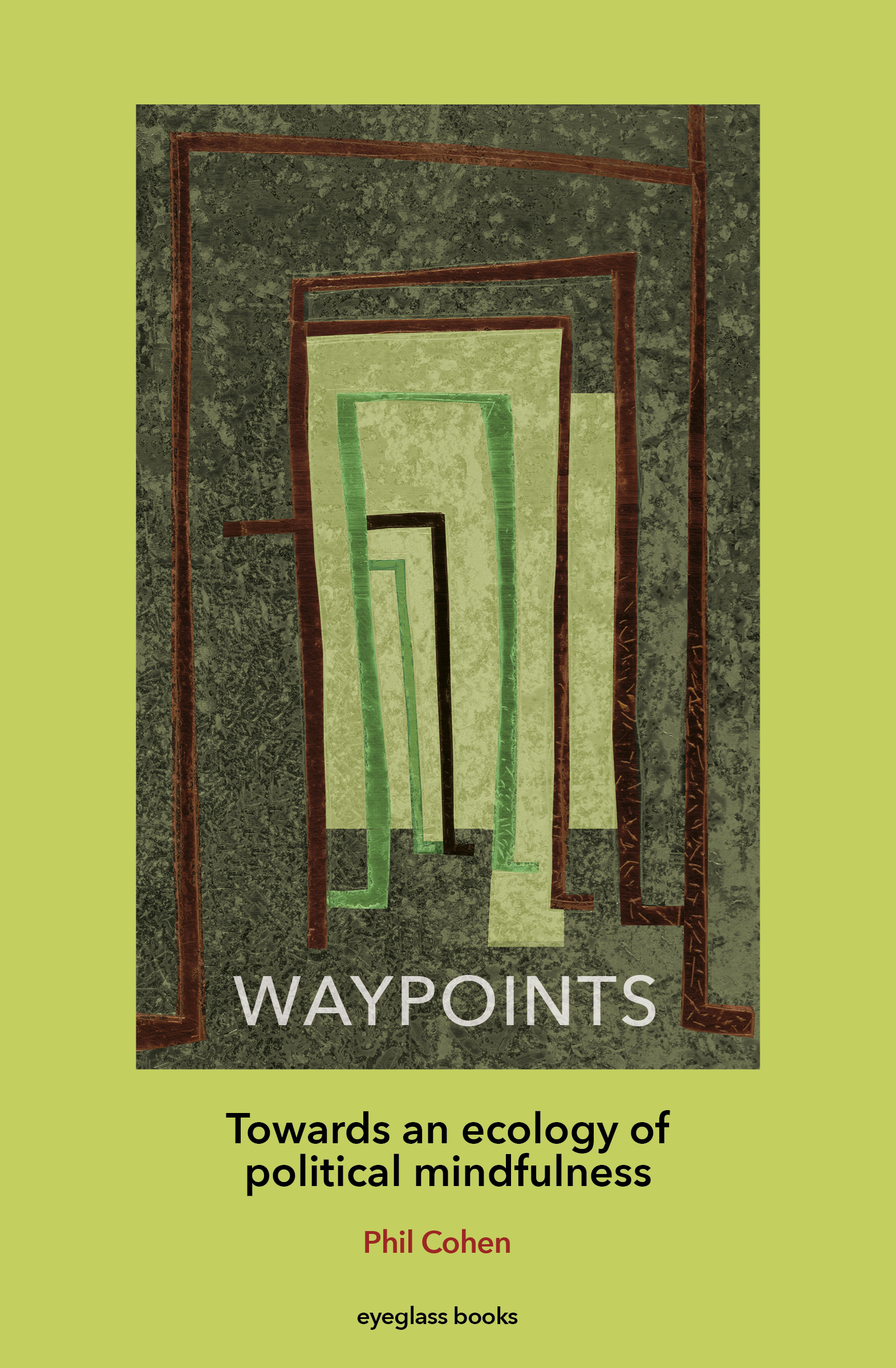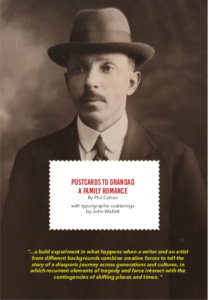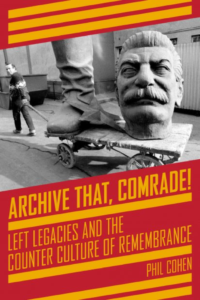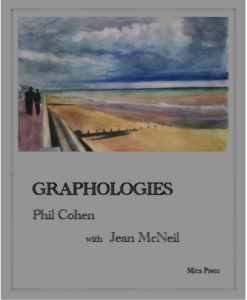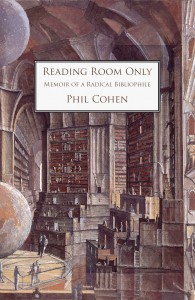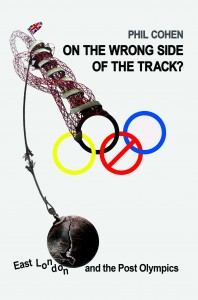Living with painting
The works which constitute the life and fame of artists decay one after the other by the ravages of time. Thus the artists themselves are unknown, as there was no one to write about them so that this source of knowledge was not granted to posterity Giorgio Vasari
Writing is present in the margins, painting is spread over ‘vacant’space’ – Stephane Mallarme
My responsibility towards these paintings is to make you see them, only that. – Victor Segalen
0-0-0-0-0-0-0-0-0-0-0
By all accounts it was Vasari who was responsible for the idea that the story of art could be told through the lives of its practitioners. At the time he was writing, in the mid 16th century it certainly was the case that if the reputation of painters, sculptors and architects was to survive them it was not enough for their works to do so. His vivid pen portraits of the life and times of his chosen ‘greats’, are an entertaining mixture of gossip, fable and commentary on provenance; their main purpose was to secure a place for his heroes in the hall of artistic fame. But times have changed. Or have they?
Today the lives of artists are still popularly supposed to illuminate their work, even if it is granted that the meaning of an artwork cannot be entirely deduced from or reduced to the biography of its maker. To become intimately acquainted with the life of an artist, even if only vicariously and at second hand, remains , for many people, the royal road to a better understanding of their work, especially in its more unconscious dimensions hidden from the artist herself.
This assumption is linked to a pervasive belief, which can be traced back to the Romantic movement, and which Freud’s study of Michelangelo helped to legitimate, that the artist is a special kind of person, exceptionally sensitive, or neurotic, not subject to the social norms to which ordinary mortals have to conform. It follows that the artistic vocation, the roots of creativity, the true significance of the work, must be sought in the exceptional circumstances of the artist’s everyday life and especially in their childhoods. By implication those who know the artist intimately, their family, their friends, their lovers, are supposed to have a privileged insight into the springs of their imagination. And so the biographies are supplemented and even supplanted by a new genre of memoir that offers the reader a behind-the-scenes account of ‘My Life with Picasso ‘. Or Chagall.
The art/life tension – is art imitating life or life art – has increasingly given way to their fusion. Nowadays if someone lives only for and through their painting, if their life style and pictorial style converge, then they are praised for their integrity. It is their very immersion in art as ordinary life carried on by other means that is supposed to give their work an obsessional intensity. Yet the absence of any dialectical tension between the forms of lived experience of, say, a particular landscape and their imaginative transfiguration in a painting means that both are the poorer. This hollowing out of mimesis is disguised by the frenetic social masquerade of the contemporary art scene with its ever greater accumulation of cultural capital.
In contrast to Vasari’s time, when the claim to immortality was a religious affair and largely the preserve of saints, the contemporary artworld is filled with the frenzy of an entirely profane renown, and there is a whole discursive apparatus devoted to the making and breaking of artistic reputation. Some artists deliberately cultivate public interest in their more or less bohemian life styles as a way of promoting their work. Others may pretend to be the boy or girl next door and make their art out of the commonplace : an unmade bed, blue tack, the contents of a rubbish bin. Either way the public persona, or ‘brand’ of the artist is deliberately cultivated as constituting a self referential aesthetic statement. At the same time projective identification with the artist’s vocation is encouraged as a sign of aesthetic taste or cultural ambition; the spectator is turned into a voyeur of the work, scanning it for tell tale signs of the artist’s private life or the sturm und drang of creativity . At the limit the art object becomes a prop for the shared narcissism of producer and consumer, the mirror of their folie a deux, each reflecting back the other’s glory.
Artists have become the avant garde of capitalism’s ‘cultural turn’ and what has been called the aestheticisation of everyday life ‒ everyone is a curator of something these days, if only of the music tracks downloaded on their ipad. To this has corresponded a shift away from painting towards multimedia, performance, installation, video and time based art. The story is told of a professional curator of contemporary arts, working for a prestigious cultural centre, who came to visit a well know painter. He never took so much as a glance at the work on the walls and when challenged confessed that he no longer regarded painting, especially landscape painting, as being part of the contemporary art scene and hence of any interest.
Against this background many painters feel they have to match, in the scope and scale of their work, the gigantic machinery of the advertising industry and consumer spectacle; it is the only way to get noticed above the visual din. But what then happens to less strident work that takes its distance from the turbo charged urban buzz of the art scene? There are no prizes or kudos for small scale studies of what were once part of the commons or the common place but have now become edgelands or out of bounds or simply off the map: the eroding shoreline, the flaws in a meadow, a view over an expanse of land, sea or sky from a vantage point that is no longer there, or about to disappear.
Certainly Jean’s work is not trendily conceptual and there is nothing ironically post –modern about her exploration of the borderlands between abstraction and representation. But neither is it traditional. She may work deep in ‘Constable Country’ , and there are some echoes of it in her palette, but she is not offering us a reassuring prospect on a countryside whose topography is always and already secure, any more than Constable himself did. Nor do her paintings offer us a refuge from the current unease we feel inhabiting a coastline at increasing risk from flooding due to global warming.
These reflections imposed themselves when Jean asked me to write an introduction to this catalogue for an exhibition in which she has selected from different phases of her work. So, firstly, what is the function of a retrospective? In some recent cases, we know, it has become little more than a bid for prospective, and even posthumous fame. More properly speaking a retrospective should be an occasion for considering the development of a body of work over an artistic life time, tracing its emerging themes, enabling some kind of assessment to be made . But how, from what or whose vantage point should such an evaluation take place? That of the artist herself? Are artists always the best judges of their work? Or does it require an art critic to do the job? Critics mostly view work through a grid of commensurability to position it in relation to artistic schools, or particular aesthetic traditions, for example the picturesque or the sublime in English landscape painting. Not only does that ignore the individuality of the work itself, treating it as merely symptomatic of this or that trend, but it reduces the notion of a retrospective to a teleological account of the unfolding of an unwavering artistic purpose. Here sudden shifts in perspective or volte face, or simply the trial and error of true experiment become regarded as signs of an erratic temperament, an uncertain talent.
In contrast , the approach we have chosen is to treat the paintings themselves as interlocutors between the artist and the collector, between aesthetic intention and reception, cutting out the art critic and curator as interpretive go-betweens. We have simply asked people who have bought Jean’s work over the years to write short pieces telling us what the paintings have come to mean to them, the memories or other associations they evoke. This brief has been interpreted in widely different ways. Some people have talked about the circumstances in which they bought the work, or how their role as patron or collector developed in the context of a personal relationship with Jean. Others have concentrated on the immediate impact the work had on them, or its slow burn on their awareness of a particular landscape. Still others have described their sensuous reponse to the painterly qualities, or the place a painting occupies within a domestic interior, or personal memoryscape.
People often say, looking at a painting they see in a gallery ‘Oh I like that , but I could never live with it’. What they seem to be implying is that it takes some special quality for a painting to become a life long companion, not just another ‘pretty picture’ on a wall, but a window into another possible world which is imaginatively shared with the artist. This tacit dialogue between artist and collector seems to me to constitute a painting’s true provenance; this is not just about recording the bare bones of artistic signature, date of birth, and history of subsequent ownership, but includes a meta-narrative tracing all the stories which cluster around the work, from the moment of its conception to its always provisional final resting place. Yes, every picture tells a story, but even and especially in the case of narrative painting, it tells another story, a story about this ‘other scene’.
Curated with a white cube, painting is shown in constant light and temperature so that it presents an unvarying aspect to the world. Hung in the home, it is usually subject to much more variable conditions; in the morning its colours may be radiant in sunlight, later in the day , or when the skies cloud over its more subtle tones register on the eye, while in the evening under artificial light its richness of texture may emerge. And these diurnal changes, as well as the wear and tear of its traffic with its physical environment are also part of its provenance.
The second question raised for me in writing this introduction was the nature of my relation to the exhibition itself. I have , after all, been living with Jean for most of the time during which she has produced the body of work from which she has selected 17 pictures for this show. I have been privileged to share many of the places and times which have inspired these paintings and indeed we recently collaborated on a book, Graphologies, which brought into conversation our different responses to the land and seascapes of East Anglia over the past 25 years. But I very much doubt whether this gives me any special insight into what her work is about. And this for one main reason: we relate to the world through radically different idioms.
As James Elkin’s reminds us in his wonderful book What Painting Is the act of painting is a at once a very material and a very mysterious process, as he puts it ‘ an unspoken and largely unrecognised dialogue where paint speaks silently in masses and colours, and the artist responds in moods’. Elkins criticises the sociological or psychological bent of most art history and criticism for ignoring this visceral aspect of painting and its impact on the viewer. Composing a picture of place and its atmosphere in words, as I have tried to do in some of my poems, is a fundamentally different activity from depicting it in paint or charcoal, acrylic or gouache, each of which media lends its own special fleshing to the bare bones of the composition. As a wordsmith, I have felt from the very beginning that Jean’s work has dwelt in an unfamiliar dimension; in a sense it represents for me the ‘other scene’ of our partnership , a terra incognita that continues to fascinate, to draw me out of my literary comfort zone but which I know I will never be able to fully explore or understand, let alone put into words. I fully endorse Mallarme’s sentiment: writing is always marginal to the scope of what a painting can assert in its own idiom, an idiom definitely not structured like language, but like a vacant, about to be embodied, space.
This does not mean that living in close proximity to the mise en scene of painting does not require an active accommodation to the activity. Elkins refers to painting as an alchemical process, and to the artist’s studio as his or her laboratory, where substances undergo a magical transformation and come to mean what they do in paint on canvas. Jean has had many different kinds of studio: there was the shed we built perched precariously on top of a windswept and rapidly eroding cliff in Happisburgh, from which prospect the large skies and tumultuous waves of this part of the North East Norfolk coast etched themselves on Jean’s inner eye. Such a contrast to her present studio which nestles in a visually secluded space at the bottom of our garden in Wivenhoe, a refuge from many a passing storm. Then there was the very urban workspace she rented in an industrial estate in London, and whose atmosphere always seemed out of harmony with her work. But mostly Jean’s studios have been in a room set aside for the purpose in the various domestic spaces we have shared. These have been her alchemical laboratories, where she has impressed burnt wood and powdered stone onto canvas to conjure up her envisagements of place.
Perhaps it is worth remembering that ‘laboratory’ was originally a term for the space between the fire and the flue bridge of a reverbatory furnace, where various kinds of engineering work were performed. Another term for this kind of laboratory was a kitchen or hearth where the confluence of two contrasting elements (air and fire) produced a material transformation. In fact many of the early scientific experiments took place in people’s homes. I would like to suggest that there is a direct analogy here between the domestic studios where Jean has conducted her experiments and the paintings she has engineered.
One of the key aspects of Jean’s land and seascapes is that they occupy, not a vacant but an in-between space, a space between map and territory, the wood and the trees, the land and the sky or sea where the strange becomes familiar and familiar strange; she uses these visual ambiguities and perspectival shifts to explore the confluence or contrast between these different elements. As she put it in Graphologies ‘my paintings evoke a sense of transience arrested in the moment of their manifestation or imminent departure: a tide that is on the turn, a glimpse of land from a train, a passing storm’. Her working method involves a similar to-ing and fro-ing , between the terrain and its depiction, photograph and worked canvas.
I have often visited Jean in her studios, but they remain in some sense out of bounds. I feel that I am somehow trespassing, entering the primal scene of art, prying on its secret affordances. She does not like to be observed while she is at work, radio on, body tensed at the easel, brush in hand, rapt in the act of painting. I wish I could put that process into words, in Victor Segalen’s phrase turn it into a spoken painting, but too much would be lost in the translation. I could not in any case improve on her own descriptions, which like the paintings themselves are deft, nuanced, and, without out the slightest pretention, profound. She has taught me how to look at what is there, and especially at what hovers on the edges of perception, in our peripheral vision of the world.
One day watching Jean stretch and prime a canvas I realised that she brings to the task the same meticulous observance of detail that she applies to everyday objects about the house. And this respect for things, for their thinginess, carries over in the painting itself. If what you see is what you get in these paintings, what you get is a sense of specific gravity, the weight of the world in these elements of landscape.
I think this helps explain why there are so few human figures in these paintings, and those that do feature appear so fragile. There are not needed compositionally to provide a visual anchorage or sense of scale, let alone provide ‘human interest’. The balance of forms and forces relies on more intrinsic painterly devices. Of course, the absence of people also reflects the fact that the crowded fields of yesteryear have given way to the depopulated hedgeless expanses of modern agribusiness. When figures do appear, often against the immensities of sky or shoreline, they seem to be clinging on by sheer will power against invisible winds of change. Second nature, not first , is the true subject of this work.
I hope that visitors to this exhibition will delight, as I do, in bearing witness to Jean’s persistent struggle to give form and meaning to the often hidden and inchoate features of land and seascapes we often take for granted, but which are increasingly under threat. These paintings do not shout their message, but like Jean herself, they are quietly determined to make their point.
References
Giorgio Vasari Lives of the Most Excellent Painters,Sculptors and Architects (1550)
James Elkins What Painting Is ( 1999)
Stephanie Mallarme Ecrits ( 1876)
Victor Segalen Paintings (1991)
John Barrell The Idea of Landscape (1986)
